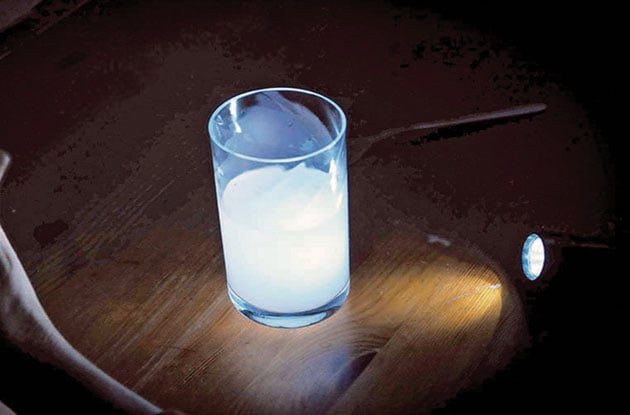
Why Is the Sky Blue: Experiment for Kids
It's an age-old question all have asked. Let's find out why!

It's an age-old question all have asked. Let's find out why!
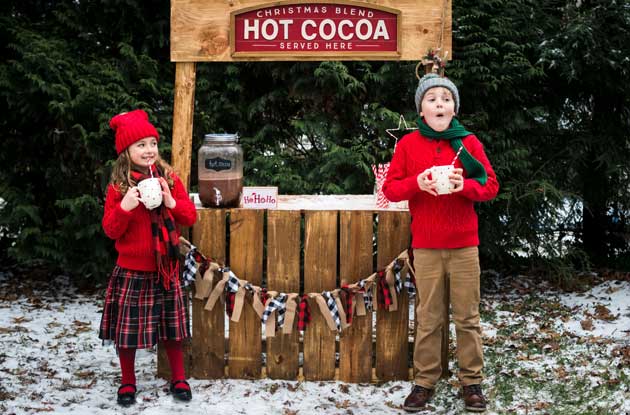
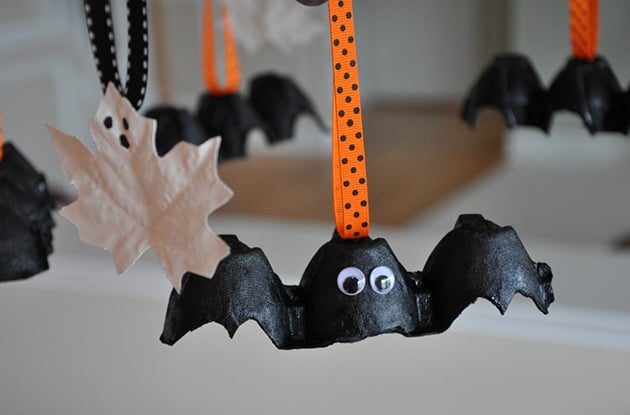

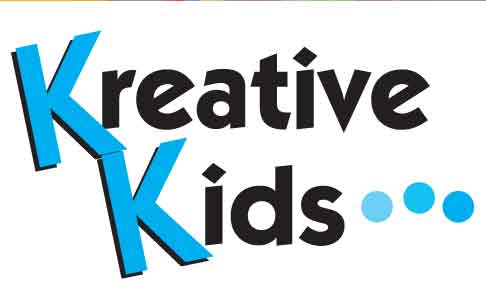
New City, NY For over 29 years, Kreative Kids has provided a nurturing and fun-filled toddler/nursery program where classes are kept small for individualized atten...

West Nyack, NY Get ready to experience the World’s tallest indoor ropes course standing 85 feet tall. Palisades Climb Adventure combines the thrill of challenge with...
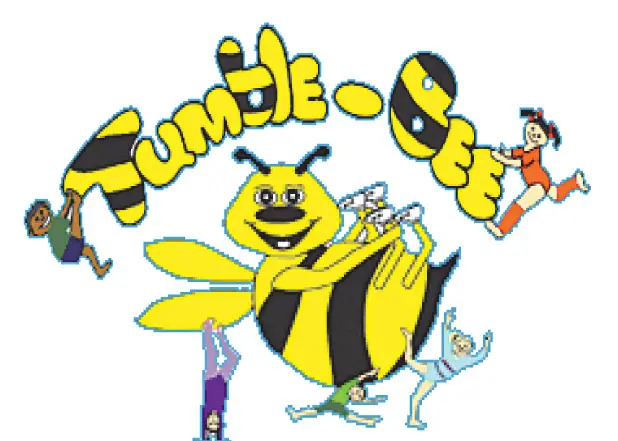
Nanuet, NY Tumble Bee Gymnastics is more than just tumbling. We offer an education in gymnastics, fitness and fun!

We provide expert tutoring in your Rockland or Bergen County home to fit your family’s busy schedule. Pre-K through College Prep, all subjects. Our tu...